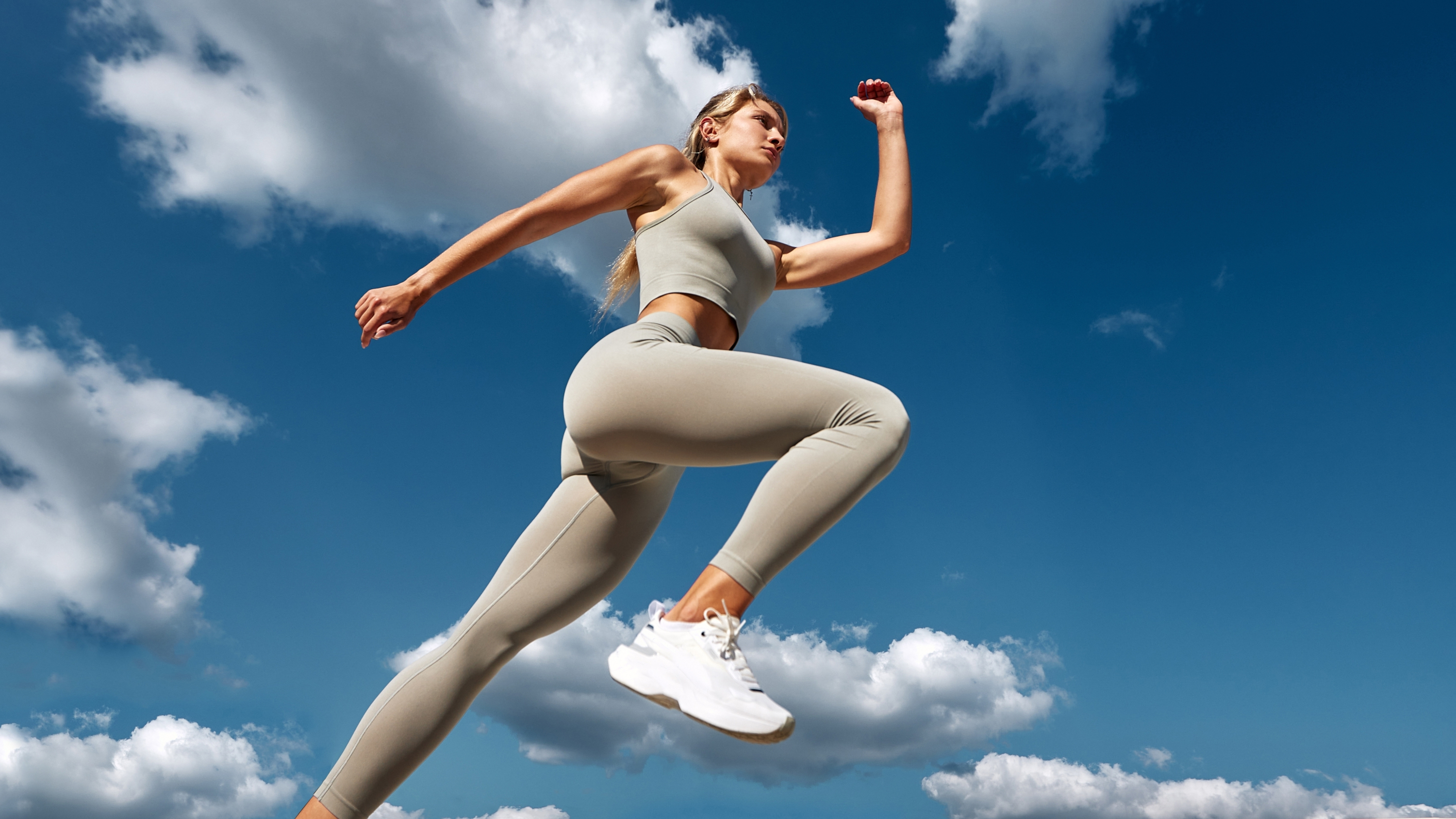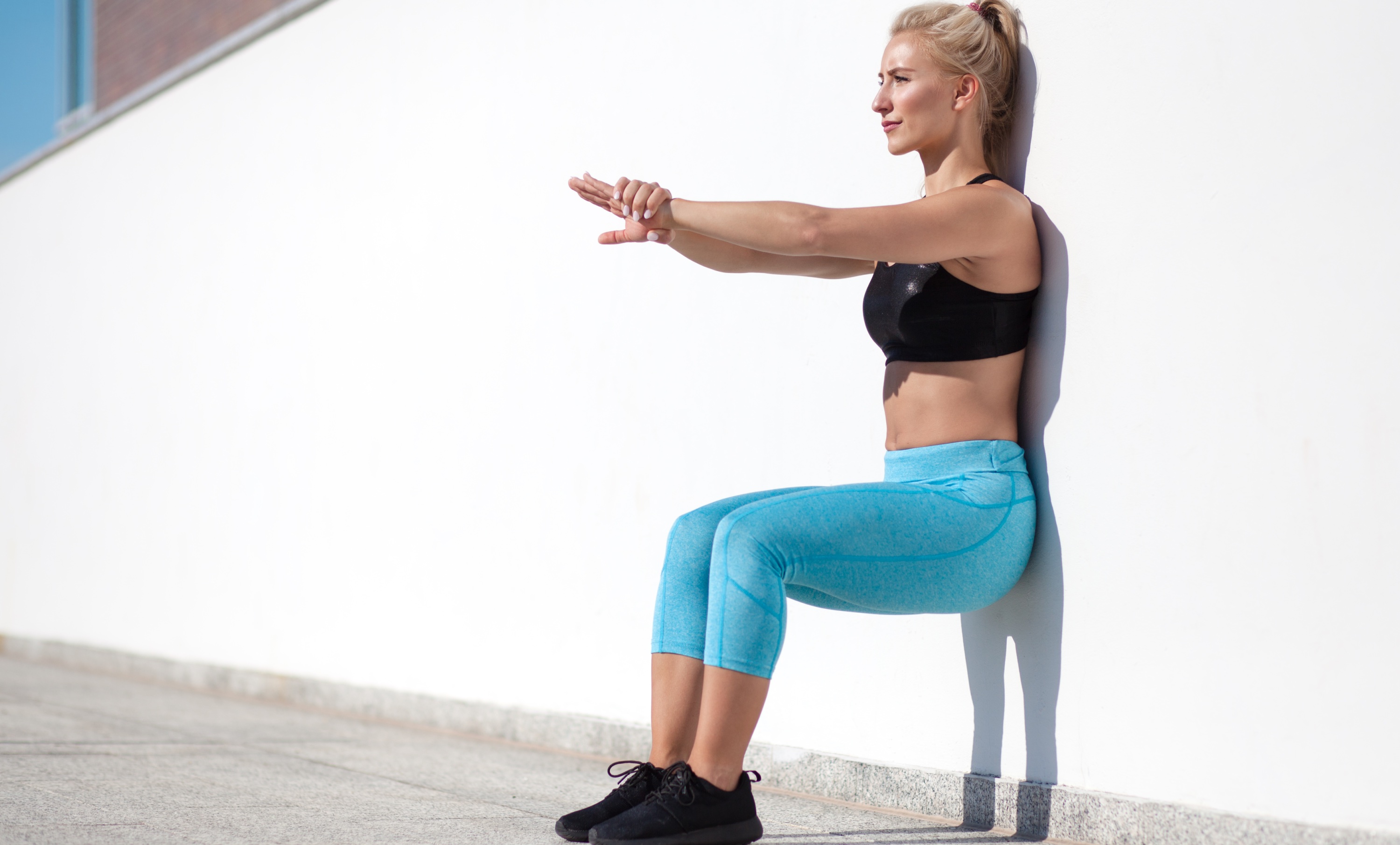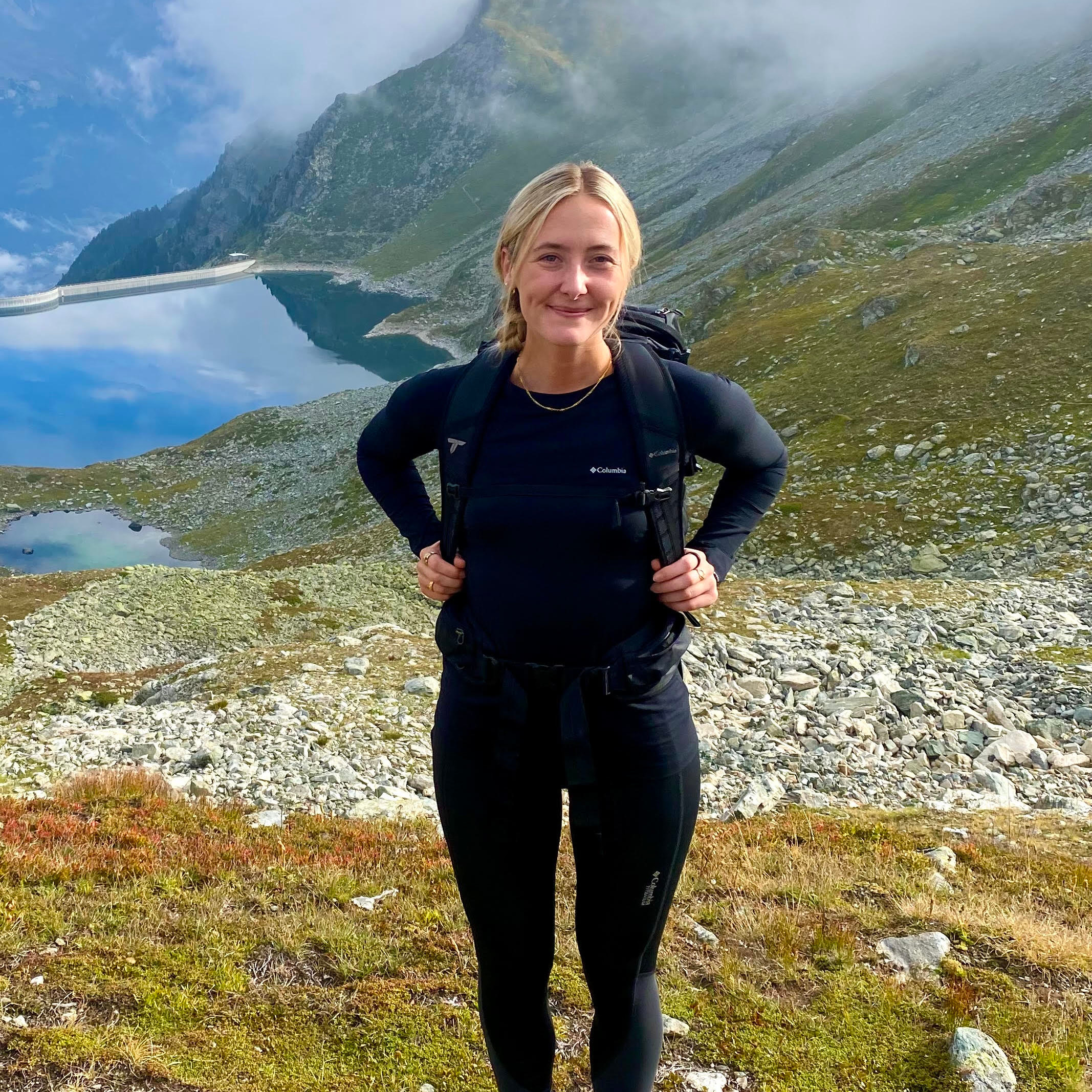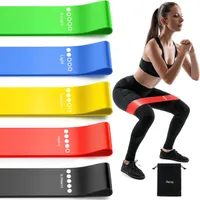I asked a coach for the single best strength exercise for runners and this was his pick

Strong runners aren’t just built on miles. Whether you’re a total newbie gradually building up your mileage, or a seasoned marathoner chasing a personal best, strength training is key if you want to run more efficiently and keep injuries at bay.
Many of the best running apps that include structured training plans also feature strength exercises to help your body handle the demands of running. But if you’re not following a plan or you already lift at the gym, it’s handy to know which moves are actually worth your time.
So I asked, DJ Ayotte, a running coach and certified strength and conditioning specialist, what his go-to exercise is for runners. While many runners double down on squats and lunges (both still important exercises), Ayotte has a different favorite: the reverse sled push. This is definitely more of a gym exercise than one to do at home, since it requires a sled and ample space. Altogether, you’ll need a sled, two medium resistance bands and some turf.
With logistics covered, here is why Ayotte swears it is the single best exercise every runner should have in their toolbox.
Resistance bands are one of the more affordable pieces of strength training equipment you can buy, and with 40% off this set of Renoj Resistance Bands on Amazon, it’s a deal worth grabbing. The set includes five bands, so you can tailor the resistance to your exercises and track your progress. It also comes with a bag to keep them together and make them easy to take on the go.
How to do the reverse sled push
To help you nail this exercise next time you hit the gym, Ayotte filmed a demo video that shows exactly how it’s done. He also adds commentary to explain what you’re working on, how to perform it and a bonus move you can tack onto the sled push to double-proof your legs for pounding the pavements.
If you’re more of a visual learner, check out the video below. If you prefer written instructions, skip down to the guide underneath. Otherwise, capture both to get the instructions and the benefits of this exercise.

Steps
- Set up the sled: Attach two medium resistance bands securely to the sled handles.
- Get into position: Wrap your arms around the sled handles, keeping your chest lifted and core engaged. Stand tall with feet hip-width apart.
- Start walking backward: Begin moving slowly and deliberately, taking controlled steps backward. Focus on good posture, keep your back straight, shoulders relaxed and avoid leaning too far forward.
- Distance and pace: Walk backward for about 20 meters, maintaining steady, controlled movements. Move deliberately rather than quickly to maximize strength gains and reduce the risk of injury.
- Return: After reaching the end, turn safely or walk the sled back down the turf using the same controlled technique.
What are the benefits?
Coach Ayotte says this exercise is “highly beneficial for runners because not only does it improve an individual’s overall static strength in the quadriceps muscle, it also increases their muscular endurance of the quadriceps as well.” So basically, it strengthens the front of your thighs and helps them last longer under strain, which is exactly what we runners need to power through tough workouts and long runs.
Get instant access to breaking news, the hottest reviews, great deals and helpful tips.
As you'll know if you regularly lace up in the best running shoes and log some miles, running is inherently high-impact. Every step generates ground reaction forces on your joints that can reach up to eight times your bodyweight. To handle this safely, runners need to be able to produce both dynamic and static force efficiently.
Ayotte notes that sled pushes are great for this because they teach you how to “place force into the ground using the midsole of your feet.” They also help you to maintain proper posture and optimize foot strike, so less energy is wasted.
He adds that the reverse sled push works particularly well because its high angle allows runners to push heavy weights safely as they target the quadriceps in a way that mimics real running stresses. This kind of loading “strengthens the quadriceps muscles to a degree that will aid runners not only when running on the hard pavement but also help them complete uphill and downhill workouts with less likelihood of injury," notes Ayotte.
Want a bonus move?

If you made it to the end of the demonstration video above, you’ll have seen coach Ayotte tag on a follow-up exercise to the reverse sled push: the wall sit with a ball squeezed between your knees. As Ayotte explains, “The wall sit with adductor squeeze strengthens the adductor muscles to help runners maintain proper upright posture while running and reduces the need to compensate with your hip flexors and hamstrings when you get tired.”
This one’s a little sneaky but very effective. It fires up your quads and adductors, helping you maintain good posture even when you start to feel tired. This means you will be less likely to start slouching or over-relying on your hip flexors and hamstrings. Plus, you can power up hills and tackle tricky terrain with your quads and adductors doing the heavy lifting.
There is also a recovery bonus. Ayotte notes that performing wall sits alongside lightweight reverse sled pushes can help move lactic acid through muscles, helping to ease soreness and aid recovery after a tough run or race. He says that doing the wall sit for one to three minutes after the sled push is enough to feel the benefits.
Follow Tom's Guide on Google News, or add us as a preferred source, to get our up-to-date news, analysis, and reviews in your feeds. Make sure to click the Follow button!
More from Tom's Guide
- These 3 running shoes defined my marathon training this year — here’s why they worked so well
- Winter runs could be your secret weapon for getting faster and feeling stronger, according to 2 expert running coaches
- 7 essential running form tips you need to know, according to an expert run coach

Jessica has been a fitness writer at Tom’s Guide since 2023, bringing three years of experience writing about health, fitness, and the great outdoors. Her passion for exercise began during her childhood, where she spent weekends hiking and competing in local athletics club events. After earning a master’s degree in journalism from Cardiff University, Jessica found the perfect way to combine her love of storytelling and fitness into a career.
Jessica is passionate about testing fitness gear and tech, using her reviews to help readers make informed buying decisions. She ran her first marathon in April 2024, finishing it in 3 hours and 48 minutes. Through her training, she’s developed a deep understanding of what it takes to grow as a runner, from effective workouts and recovery techniques to selecting the right gear for every challenge.
When she’s not at her desk, Jessica enjoys spending time in the kitchen crafting new recipes, braving cold water swims and hiking.
You must confirm your public display name before commenting
Please logout and then login again, you will then be prompted to enter your display name.


